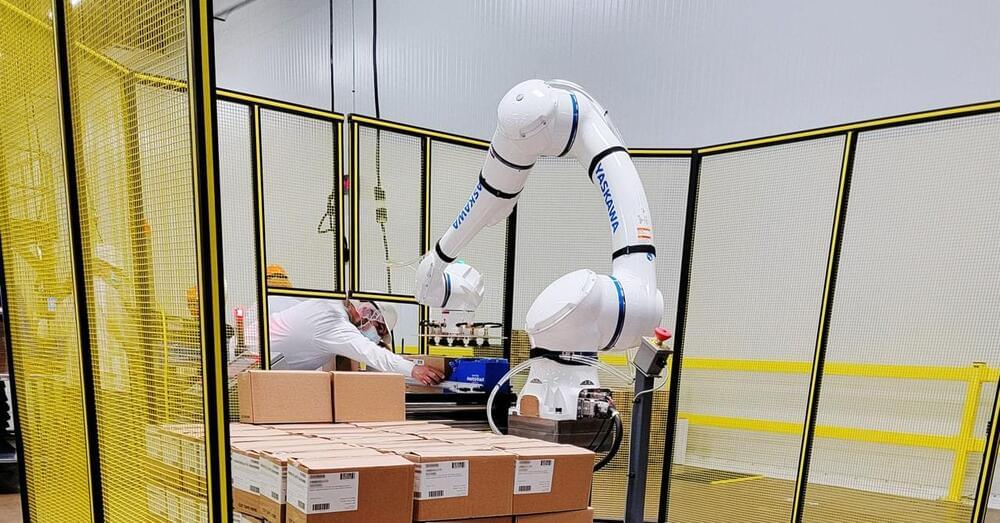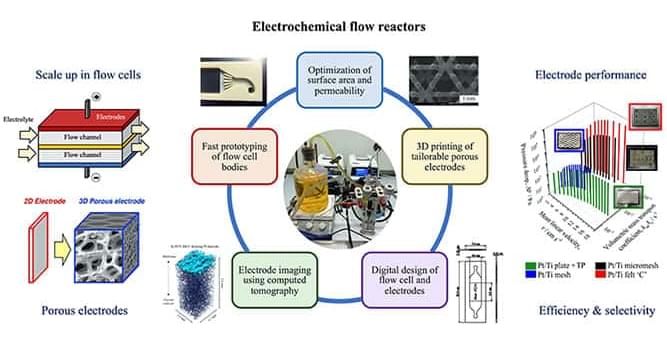Automation is reaching more companies, imperiling some jobs and changing the nature of others.


Beef cattle genetically altered to be less susceptible to heat stress have been cleared for human consumption by the FDA.
Circa 2020
In 2016, Elon Musk’s younger brother, Kimbal Musk co-founded Brooklyn-NY-based vertical-farming operation Square Roots as part of a broader quest to grow fresh, local produce close to population centres and empower young people to participate in the sustainable urban farming trend. Over four years, Square Roots has grown more than 120 varieties of crop, including salad greens, vegetables and strawberries.
In February 2020, Musk told CNN Business the company plans to open a Square Roots ‘Super Farm’, with 25 climate-controlled shipping containers, cold storage facilities, biosecurity infrastructure and the technology required to operate a commercial-scale vertical farm, in less than three months.
“A lot of smart money and capital is entering the space,” Square Roots CEO Tobias Peggs told CNN Business. “The quality of food that can now be produced in these indoor systems is at least on par with the best organic field grown food you can buy.”



In today’s business world, machine-learning algorithms are increasingly being applied to decision-making processes, which affects employment, education, and access to credit. But firms usually keep algorithms secret, citing concerns over gaming by users that can harm the predictive power of algorithms. Amid growing calls to require firms to make their algorithms transparent, a new study developed an analytical model to compare the profit of firms with and without such transparency. The study concluded that there are benefits but also risks in algorithmic transparency.
Conducted by researchers at Carnegie Mellon University (CMU) and the University of Michigan, the study appears in Management Science.
“As managers face calls to boost transparency, our findings can help them make decisions to benefit their firms,” says Param Vir Singh, Professor of Business Technologies and Marketing at CMU’s Tepper School of Business, who coauthored the study.

The TRISO-X, LLC Fuel Fabrication Facility (TF3) will be the nation’s first High-Assay, Low-Enriched Uranium (HALEU) fuel fabrication facility. TRISO-X is a wholly owned subsidiary of advanced reactor designer X-energy, LLC. TF3 will use uranium enriched between 5% and 20% to produce fuel for advanced and small modular reactors of the future. TF3 will manufacture TRi-structural ISOtropic (TRISO) fuel, an advanced fuel that is tough enough to handle the higher operating temperatures of several advanced reactors under development.
The U.S. Department of Energy (DOE) is supporting the development of TF3 through an award with X-energy, LLC under the Advanced Reactor Demonstration Program (ARDP) 0, which aims to speed the demonstration of advanced reactors through cost-shared partnerships with the U.S. nuclear industry. The design and license application development of TF3 was also supported through an $18M (federal cost share) industry FOA that was awarded to X-energy in 2018. TF3 will initially provide the TRISO fuel for X-energy’s Xe-100 high-temperature gas reactor.
“The TRISO-X Fuel Fabrication Facility represents the intersection of some of DOE’s hard work to bring advanced reactors to commercialization,” said Alice Caponiti, DOE’s Deputy Assistant Secretary for Reactor Fleet and Advanced Reactor Deployment. “We’ve been investing in R&D on TRISO fuels for decades. Now, with funding through ARDP, TF3 will bring the next evolution of nuclear fuel to reality, advancing new nuclear technology, creating new jobs, and supporting the clean energy economy.”


This article is an installment of The Future Explored, a weekly guide to world-changing technology. You can get stories like this one straight to your inbox every Thursday morning by subscribing here.
If nuclear fusion was a viable energy source, everything could be electrified. Electricity would be so cheap that projects that seem impossible now could be within our grasp, like commercial space flights, desalinating sea water, or direct air carbon capture.
Now, researchers from MIT say nuclear fusion — the power source of the sun itself — could become a reality by 2035, thanks to a new compact reactor called Sparc.